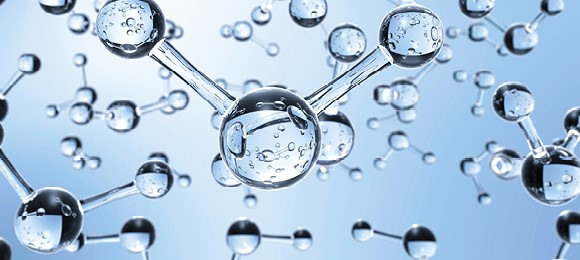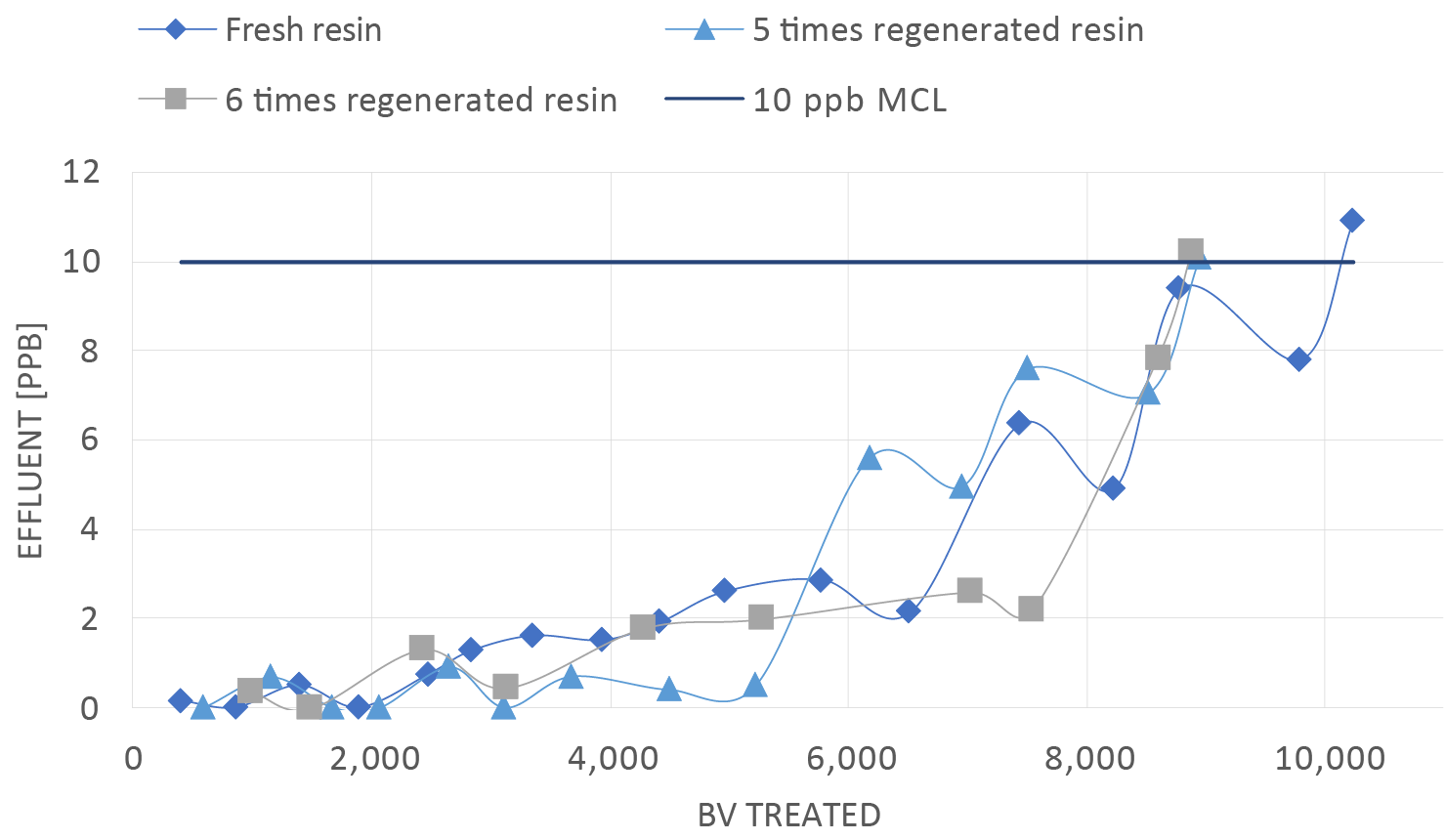HOW TO TREAT CHROMIUM IN WATER
WITH CHROME HYBRID TECHNOLOGY
Novel Zero Liquid Discharge (ZLD) Drinking Water Technology
Chromium is a mineral principally found in chromite ore and is widely used in various industries, such as metal plating, leather tanning, etc. The two dominant oxidation states of Chromium are trivalent chromium, Cr(III)) and hexavalent chromium, Cr(VI)). Although Cr(III) is considered a microelement essential for normal energy metabolism (WHO, 2019), Cr(VI) is a highly toxic, genotoxic carcinogen.
CONTAMINATION STANDARDS FOR INCREASED SAFETY
Groundwater contaminated with Cr(VI) is derived from natural accruing chromium in the sediment and from anthropogenic activity. The federal maximum contamination level (MCL) for drinking water in the US is 100 ug/L (micrograms per liter). California holds a lower MCL, at 50 ug/L, which was set to 10 ug/L in 2014 and reverted after a court decision from 2017 due to economic infeasibility. As of 2021, California Water Boards is preparing a draft regulation to set a new MCL, with a public health goal (PHG) of 0.02 ug/L.

COMMON TECHNOLOGIES FOR REMOVAL OF CHROMIUM FROM WATER
Common Cr(VI) removal practice includes two main methods: Ion Exchange (IX) with Weak Base Resin
(WBA) or with ion exchange with Strong Base Resin (SBA). WBA is a non-regenerable platform capable of treating large amounts of water (100,000-200,000 bed volumes) before disposing of the media and replacing it with a fresh resin.
1. Ion Exchange with Weak Base Resin
WBA has inherent disadvantages:
1. The need for influent pH manipulation, usually done by carbon dioxide injection.
2. The creation of hazardous solid waste, sometimes classified as Technologically Enhanced Naturally Occurring Radioactive Material (TENORM), which depends on the groundwater matrix that might include radioactive elements such as uranium, which adsorb to the resin.
2. Ion Exchange with Strong Base Resin
SBA is a regenerable resin capable of treating 10,000-20,000 bed volumes. It is a highly reliable platform, without the need for pH correction, but produces toxic brine enriched with Cr(VI), after each regeneration. Although some improvements in minimizing the volume of toxic brine have been reported, the main operating cost of using SBA technology is haulage of toxic liquid.
OPTIMAL WATER REUSE WITH NEAR ZERO BRINE
ToxSorb’s Chrome Hybrid solution eliminates the most significant disadvantage of SBA by stripping out the chromium from the brine without the addition of unwanted chemicals, and minimizing the required salt addition to the regenerant, making it reusable multiple times as a regenerant.
Chrome Hybrid strips out the chromium from the brine using proprietary NP2 technology: modified activated carbon with very high affinity to Cr(VI) and high chemical reduction capabilities for the less toxic, easy to precipitate Cr(III).
Three breakthrough curves up to 10 ug/L of SBA type resin are depicted in Figure 1 to compare fresh SBA resin with resin that was operated as part of a Hybrid system. It is clear that multiple regeneration (5-6 times) with the Hybrid system does not affect the resin’s performance compared to its first run.

Chrome Hybrid is a modular system that allows the use of SBA technology without affecting regeneration quality. It can be implemented at existing SBA sites or as a retrofit to other water treatment facilities.



